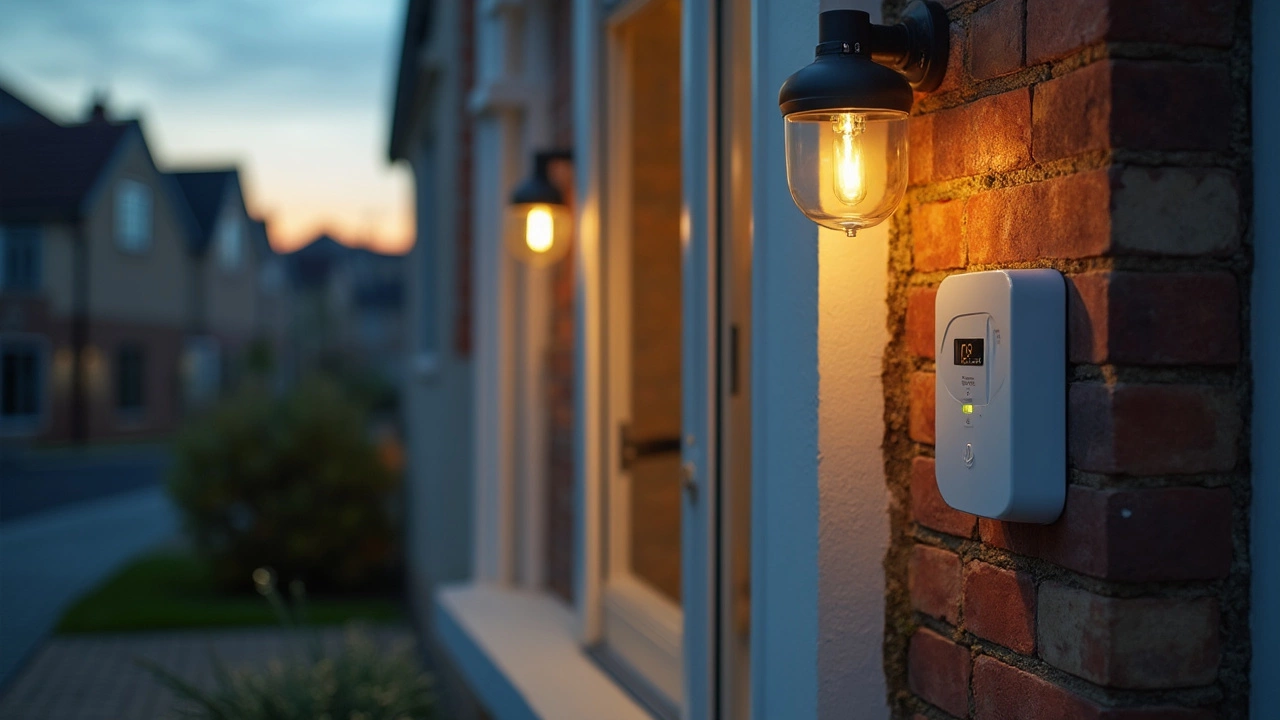If you’ve ever looked at your electric bill and wondered why it seems higher after installing cameras, you’re not alone. CCTV systems do need power, but the amount varies a lot depending on the type of camera, how it’s wired, and what extra features you run. In this guide we’ll break down the basics of camera power draw, show you simple ways to cut energy use, and give you a plan for keeping the feeds alive when the grid goes down.
Most modern IP cameras pull between 5 and 12 watts when they’re recording continuously. A basic wired dome camera might sit at the lower end, while a high‑resolution PTZ unit with night‑vision LEDs can push closer to 15 watts. If you have a whole system of 8‑10 cameras, the total load can easily reach 80‑120 watts – roughly the same as a small fridge.
Wireless or battery‑powered cameras look like they save electricity, but the hidden cost is the Wi‑Fi module and often a brighter LED array for night vision. Those little chips can add a few extra watts each, and the battery itself needs regular recharging, which translates to more power draw from your charger.
Things that spike usage include motion‑triggered recording, built‑in heating for cold climates, and high‑frame‑rate streaming. Turning off features you don’t need (like audio recording or 60 fps at night) can shave off a couple of watts per camera, which adds up across a whole system.
Power outages are the worst nightmare for any security setup. The simplest safety net is a UPS (uninterruptible power supply). A 600‑VA UPS can keep a small 4‑camera system alive for 15‑20 minutes – enough time for a generator to kick in or for you to safely shut down the system.
If you need longer backup, look at a solar‑plus‑battery kit. A 100‑watt solar panel paired with a 12 V deep‑cycle battery can supply enough juice for a modest camera array for several hours, even on cloudy days. The key is to size the battery for your total watt draw and the longest outage you expect.
Another trick is to use PoE (Power over Ethernet) switches with built‑in battery backup. These devices power the cameras through the Ethernet cable and often include enough internal battery to run for an hour or more. It’s a tidy, cable‑friendly solution that avoids separate power bricks for each camera.
Finally, consider energy‑saving modes. Many cameras let you schedule daylight‑only recording or drop to low‑resolution streams when the house is empty. Less data means less processing power, which directly cuts electricity use and extends your backup time.
In short, understand the wattage of each camera, turn off non‑essential features, and add a backup plan that matches your risk level. With a few smart choices you’ll keep your property protected without blowing up your electricity bill or losing footage when a blackout hits.

Got a new CCTV system or thinking about installing one? Don't let electricity costs catch you off guard. This article breaks down exactly how much power typical CCTV cameras use, what that means for your bill, and factors that affect energy usage. You'll get clear numbers, handy tips to keep costs low, and a few surprises about smarter installations. Make a smart choice for your safety and your wallet.